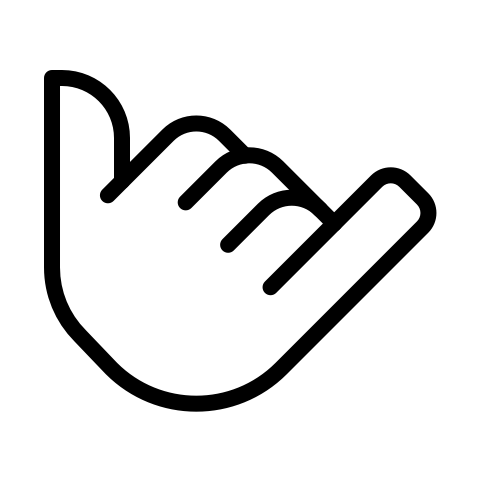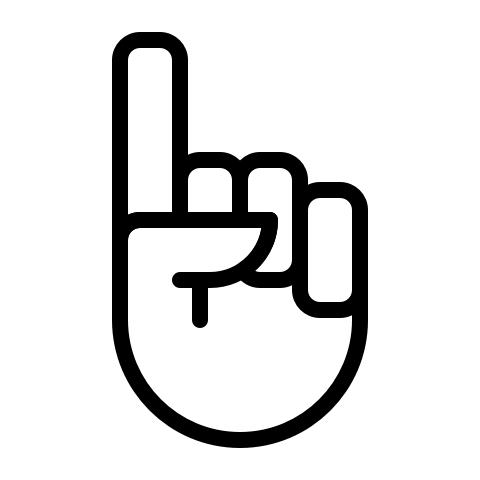What is a violation of copyrights?
- Principals of copyright protection
In addition to text, websites often contain images and other multimedia elements. These are usually created and designed with programing language such as HTML or JavaScript. As a rule, if you publish content on a website, then you make this content freely available to all Internet users. However, that doesn’t mean that third parties can always use it on an unlimited basis, since copyright protection may apply in some cases.
All types of text, music, images, photos, films, and computer programs can be protected. The amount of effort or the purpose of the work makes no difference. Copyrights also cover content that is used on the Internet and drafts of texts, films, etc.
These are protected if they fall under the category of a work product. In other words:
a) an intellectual creation;
b) of individual character (originality);
c) that is not expressly excluded from copyright protection (for example, decrees, payment methods, or patent specifications).
A copyright holder is the person who originally created the work, for example the person who took the photo, drew the picture, or created the text. As a result, the copyright holder can decide on the use of the work. However, it is not always easy to know whether content falls under this category and is copyright-protected. The most difficult criterion to assess is its individual character, in other words the issue of whether the work is sufficiently original and differs enough from other work.
- Copyright protection of websites
If websites contain texts, images, pictures, videos, or other content that meet these criteria, then they are copyright-protected. This also applies for the structure and type of representation of the website and even the markup or programing language for the source text.
If third parties copy and use content from your website for themselves, you can take legal action. Of course, the converse is also true: Using third-party content on your website that is copyright-protected without the consent of the holder can also have legal consequences. When in doubt, you should always obtain the consent of the copyright holder before using any content. In the case of photos that have been made freely available for further use, you must at least refer to the source (copyright holder) in the imprint.
If you discover that your copyright-protected content is being used on the websites of third parties, (e.g. an image or photo) and you do not want to tolerate the unauthorized use, you can send a warning letter to the operator of the website. If the person responsible is domiciled or resides abroad, then asserting rights is more difficult in most cases.
You can use our sample letter to warn the operator of your competitor's website and demand that the copyright-protected content be deleted.

